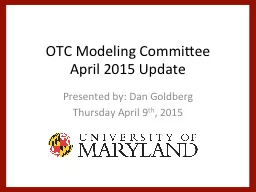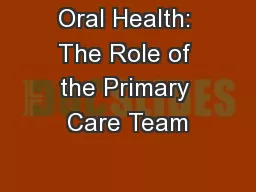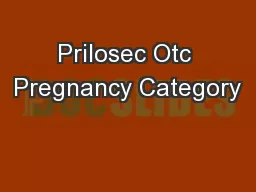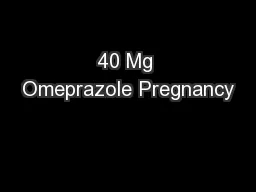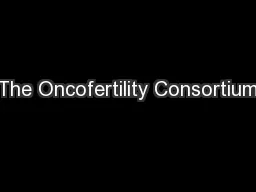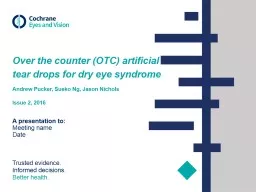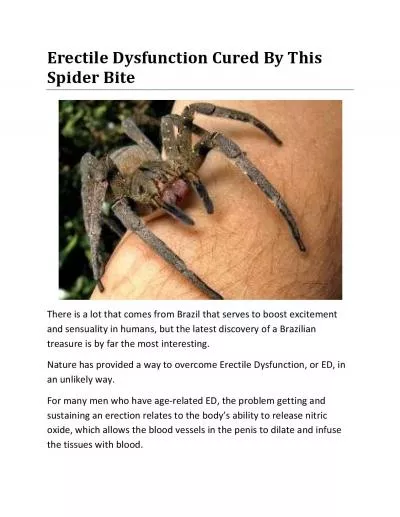PPT-OTC Modeling Committee
Author : luanne-stotts | Published Date : 2016-05-30
April 2015 Update Presented by Dan Goldberg Thursday April 9 th 2015 Description of model used CAMx v610 12 km OTC model domain Date range May 26 August 31 2011
Presentation Embed Code
Download Presentation
Download Presentation The PPT/PDF document "OTC Modeling Committee" is the property of its rightful owner. Permission is granted to download and print the materials on this website for personal, non-commercial use only, and to display it on your personal computer provided you do not modify the materials and that you retain all copyright notices contained in the materials. By downloading content from our website, you accept the terms of this agreement.
OTC Modeling Committee: Transcript
Download Rules Of Document
"OTC Modeling Committee"The content belongs to its owner. You may download and print it for personal use, without modification, and keep all copyright notices. By downloading, you agree to these terms.
Related Documents

